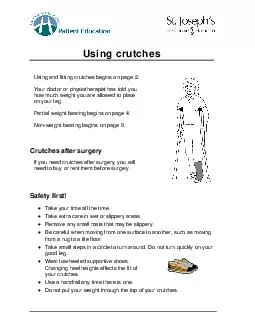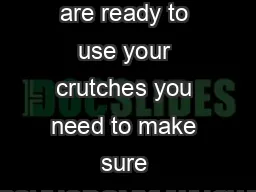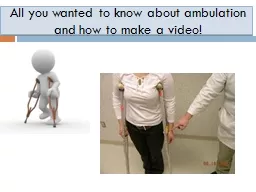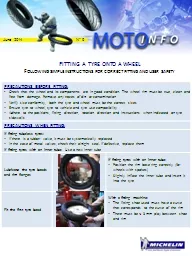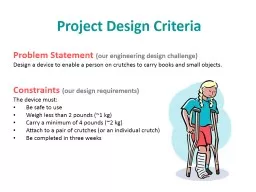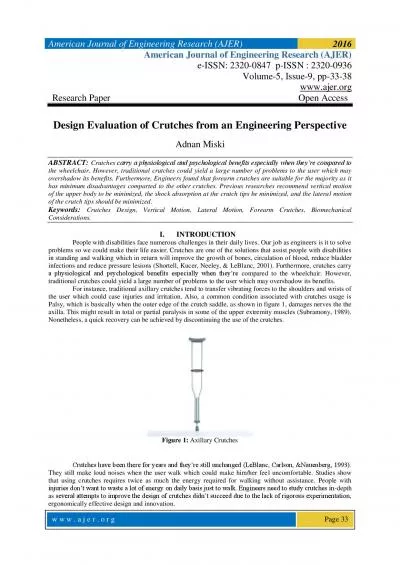PDF-Using crutches Using and fitting crutches begins on page
Author : faustina-dinatale | Published Date : 2015-03-13
Your doctor or physio therapist has told you how much weight you are allowed to place on your leg Partial weight bearing begins on page 4 Nonweight bearing begins
Presentation Embed Code
Download Presentation
Download Presentation The PPT/PDF document "Using crutches Using and fitting crutche..." is the property of its rightful owner. Permission is granted to download and print the materials on this website for personal, non-commercial use only, and to display it on your personal computer provided you do not modify the materials and that you retain all copyright notices contained in the materials. By downloading content from our website, you accept the terms of this agreement.
Using crutches Using and fitting crutches begins on page: Transcript
Download Rules Of Document
"Using crutches Using and fitting crutches begins on page"The content belongs to its owner. You may download and print it for personal use, without modification, and keep all copyright notices. By downloading, you agree to these terms.
Related Documents

